Trunk Show: LARRY NIGHSWANDER
The Cummer Oak, one of Jacksonville Florida's oldest residents.
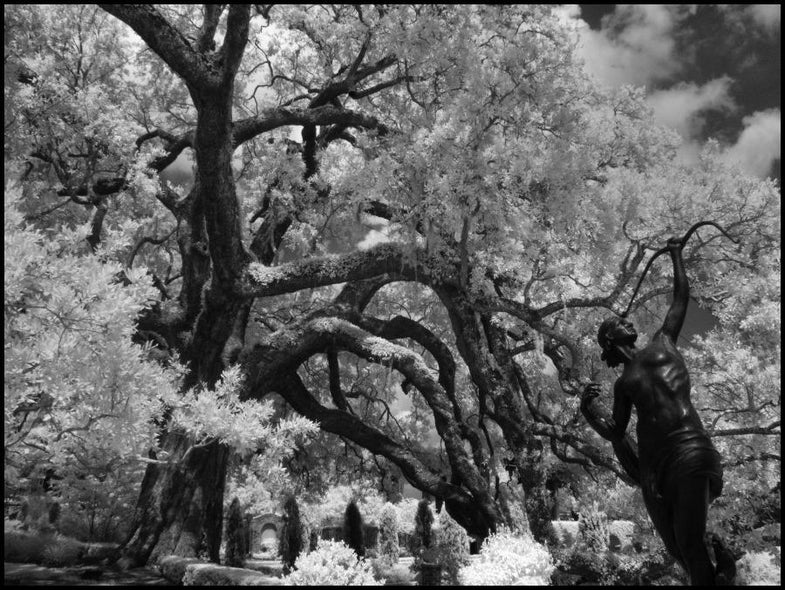
The Trees: The Cummer Oak, a live oak at Jacksonville, Florida's Cummer Museum of Art & Gardens
The Threat: Age and weather Read more about Larry Nighswander’s photos. Larry Nighswander
Now director of photography for Bonnier Corporation, Nighswander won the National Press Photographers Association 1993 Magazine Picture Editor of the Year award for his work on staff at National Geographic magazine. His previous photo editing experience included stints at The Cincinnati Post, The Columbus Dispatch, and The Washington Times. Nighswander’s photographs have been published in Time, People, Esquire, and Sports Illustrated, among many other magazines.
“Trees can’t follow a photographer’s directions,” says Larry Nighswander. “You can’t ask them to turn to the right or left, or move away from a building so you can get a better shot.” As a former picture editor for National Geographic, and now director of photography for Bonnier Corporation’s many magazines, Nighswander knows all about difficult subjects. And the Cummer Oak (Quercus virginiana), which was already a mature tree in the 1890s when its namesake family settled on the banks of Jacksonville, Florida’s St. Johns River, is a special challenge. Some of its lower branches swoop to the ground for support, rising back up again to continue their outward journey—a strategy that has helped extend the tree’s spread to nearly 200 feet.
The Cummer Oak’s size allows it to shade both the English- and Italian-style gardens on the property, the former created by such distinguished landscape designers as O.C. Simonds, Thomas Meehan & Sons, and the esteemed Olmsted firm, the latter by Ellen Shipman, perhaps the most prominent woman landscape architect of the early 20th century.
Though the museum now occupies the site of the original Cummer home—razed in 1960 because of termite damage, ironic given that the family’s wealth came from timber—it has been incorporated into the site with special attention to the oak. Some of its galleries were built on pilings to avoid destruction of the old oak’s root system. The tree’s branches have been cabled and braced to hold it together, and a lightning rod forestalls a strike that could bring it down. Its loss would be a huge blow to the site.
Nighswander chose to photograph the tree—known informally as a live oak, meaning that its leaves stay green throughout the winter—with a camera specially retrofitted to capture infrared radiation. The technique brings vivid life to its foliage by capturing the invisible wavelengths that organic substances reflect in abundance.
Back To the Main Article
Back to Main Gallery ****
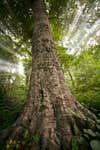
The Trees: Louisville, KY’s Olmsted-designed parks and parkways
The Threat: Highway building and severe weather Read more about Bob Hower’s photos Bob Hower

The Trees: Louisville, KY’s Olmsted-designed parks and parkways.
The Threat: Highway building and severe weather. Read more about Bob Hower’s photos. Bob Hower

The Trees: Louisville, KY’s Olmsted-designed parks and parkways.
The Threat: Highway building and severe weather. Read more about Bob Hower’s photos. Bob Hower

The Trees: Japanese flowering cherries at Newark, NJ’s Branch Brook Park
The Threat: Urban development and poor maintenance Read more about Yong Hee Kim’s photos Yong Hee Kim

The Trees: Japanese flowering cherries at Newark, NJ’s Branch Brook Park.
The Threat: Urban development and poor maintenance. Read more about Yong Hee Kim’s photos. Yong Hee Kim

The Trees: Japanese flowering cherries at Newark, NJ’s Branch Brook Park.
The Threat: Urban development and poor maintenance. Read more about Yong Hee Kim’s photos. Yong Hee Kim

The Trees: The American elms of East Hampton, NY
The Threat: Dutch elm disease Read more about Garie Waltzer’s photos Garie Waltzer
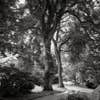
The Trees: The American elms of East Hampton, NY.
The Threat: Dutch elm disease. Read more about Garie Waltzer’s photos. Garie Waltzer
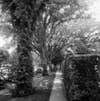
The Trees: The American elms of East Hampton, NY.
The Threat: Dutch elm disease. Read more about Garie Waltzer’s photos. Garie Waltzer

The Trees:The old-growth forest of the abandoned Arborland tree Farm, Milliken, CO.
The Threat: Urban development, habitat destruction. Read more about Jay Dickman’s photos. Jay Dickman
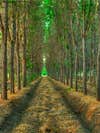
The Trees:The old-growth forest of the abandoned Arborland tree Farm, Milliken, CO.
The Threat: Urban development, habitat destruction. Read more about Jay Dickman’s photos. Jay Dickman

The Trees:The old-growth forest of the abandoned Arborland tree Farm, Milliken, CO
The Threat: Urban development, habitat destruction Read more about Jay Dickman’s photo. Jay Dickman

The Trees:The old-growth forest of the abandoned Arborland tree Farm, Milliken, CO.
The Threat: Urban development, habitat destruction. Read more about Jay Dickman’s photos. Jay Dickman
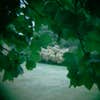
The Tree: A historic tulip poplar at Washington, DC’s Tudor Place Historic House and Garden.
The Threat: The tree’s age, which makes it more vulnerable to weather and environmental changes. Read more about Amy Bedik’s photos__. Amy Bedik
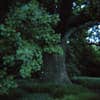
The Tree: A historic tulip poplar at Washington, DC’s Tudor Place Historic House and Garden.
The Threat: The tree’s age, which makes it more vulnerable to weather and environmental changes. Read more about Amy Bedik’s photos. Amy Bedik
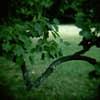
The Tree: A historic tulip poplar at Washington, DC’s Tudor Place Historic House and Garden
The Threat: The tree’s age, which makes it more vulnerable to weather and environmental changes Read more about Amy Bedik’s photos__. Amy Bedik
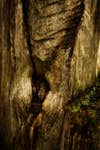
The Trees: The boxed pines of Weymouth Heights, in NC.
The Threat: Development, fire suppression. Read more about Frank Hunter’s photos. Frank Hunter
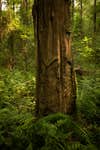
The Trees: The boxed pines of Weymouth Heights, in NC
The Threat: Development, fire suppression Read more about Frank Hunter’s photos Frank Hunter
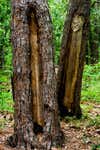
The Trees: The boxed pines of Weymouth Heights, in NC.
The Threat: Development, fire suppression. Read more about Frank Hunter’s photos. Frank Hunter

The Trees: Three massive bark-cloth ficuses in San Juan, P.R.
The Threat: A major highway passing directly under the trees’ canopy Read more about Juan A. Pons’ photos__. Juan A. Pons

The Trees: Three massive bark-cloth ficuses in San Juan, P.R.
The Threat: A major highway passing directly under the trees’ canopy. Read more about Juan A. Pons’ photos. Juan A. Pons

The Trees: Commonwealth Avenue Mall, Boston, MA
The Threat: Heavy use and Dutch elm disease Read more about James Sheldon’s photos James Sheldon

The Trees: Commonwealth Avenue Mall, Boston, MA.
The Threat: Heavy use and Dutch elm disease. Read more about James Sheldon’s photos. James Sheldon

The Trees: The Cummer Oak, a live oak at Jacksonville, Florida’s Cummer Museum of Art & Gardens
The Threat: Age and weather Read more about Larry Nighswander’s photos Larry Nighswander
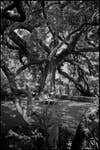
The Trees: The Cummer Oak, a live oak at Jacksonville, Florida’s Cummer Museum of Art & Gardens.
The Threat: Age and weather. Read more about Larry Nighswander’s photos Larry Nighswander

The Tree: A historic tulip poplar at Washington, DC’s Tudor Place Historic House and Garden
The Threat: The tree’s age, which makes it more vulnerable to weather and environmental changes Read more about Amy Bedik’s photos Barbara Bosworth
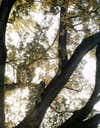
The Tree: A historic tulip poplar at Washington, DC’s Tudor Place Historic House and Garden.
The Threat: The tree’s age, which makes it more vulnerable to weather and environmental changes. Read more about Amy Bedik’s photos. Barbara Bosworth
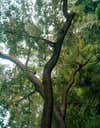
The Tree: a massive black oak at the Katewood estate, Bratenahl, OH.
The Threat: Age and weather. Read more about Barbara Bosworth’s photos__. Barbara Bosworth

** **The Trees: The Aoyama Tree, a Moreton Bay fig growing in a Los Angeles parking lot
The Threat: THE lack of water and nutrients due to asphalt paving; overpruning Read more about Robert Glenn Ketchum’s photos Robert Glenn Ketchum

** **The Trees: The Aoyama Tree, a Moreton Bay fig growing in a Los Angeles parking lot.
The Threat: THE lack of water and nutrients due to asphalt paving; overpruning. Read more about Robert Glenn Ketchum’s photos Robert Glenn Ketchum

** **The Trees: The Aoyama Tree, a Moreton Bay fig growing in a Los Angeles parking lot.
The Threat: THE lack of water and nutrients due to asphalt paving; overpruning. Read more about Robert Glenn Ketchum’s photos Robert Glenn Ketchum

** **The Trees: The Aoyama Tree, a Moreton Bay fig growing in a Los Angeles parking lot.
The Threat: THE lack of water and nutrients due to asphalt paving; overpruning. Read more about Robert Glenn Ketchum’s photos Robert Glenn Ketchum

The Trees: A 100-year-old row of American sycamores in Ames, Iowa.
The Threat: Infrastructure development; flooding. Read more about Dave Jordano’s photos. Dave Jordano

The Trees: A 100-year-old row of American sycamores in Ames, Iowa
The Threat: Infrastructure development; flooding Read more about Dave Jordano’s photos Dave Jordano